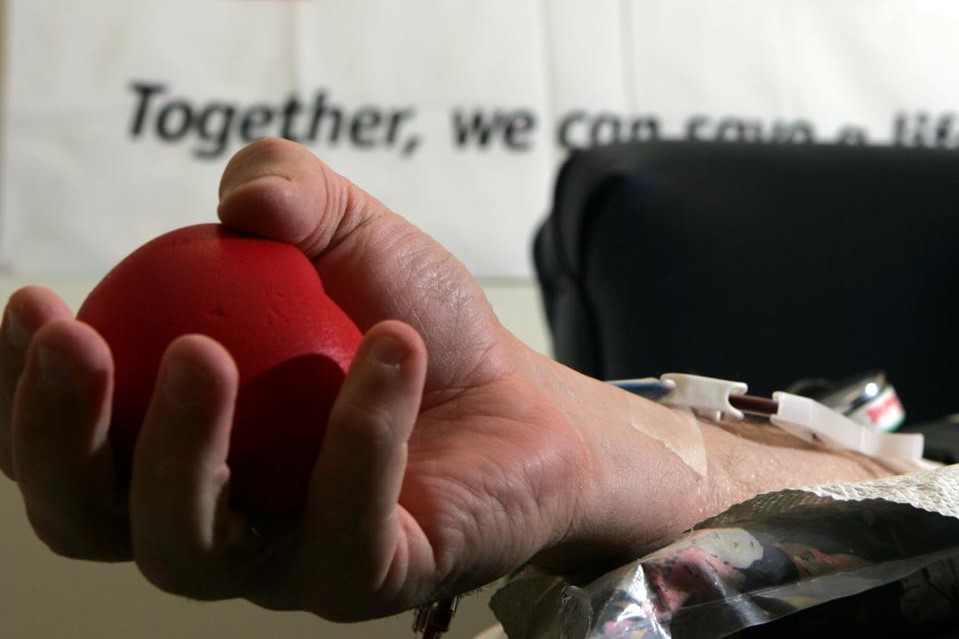
American Red Cross: A Study Suggests Possible New COVID-19 Timeline in the U.S
New COVID-19 Timeline: An interesting hypothesis due to the American Red Cross.
The following statement regarding the publication of “Serologic testing of U.S. blood donations to identify SARS-CoV-2-reactive antibodies: December 2019-January 2020,” in the Clinical Infectious Diseases journal may be attributed to Dr. Susan Stramer, vice president of Scientific Affairs at the American Red Cross:
“The American Red Cross provides about 40 percent of the nation’s blood supply and has played a critical role in helping to battle the coronavirus pandemic, as well as other public health emergencies through the decades.
A study by the American Red Cross and the U.S. Centers for Disease Control and Prevention (CDC), entitled “Serologic testing of U.S. blood donations to identify SARS-CoV-2 reactive antibodies: December 2019-January 2020,” was recently published in the Clinical Infectious Diseases journal.
This study aimed to determine when the virus might have first appeared in the United States by using archived samples from routine blood donations collected by the Red Cross.
The non-identifiable blood samples used in the study—from donors in nine states between Dec. 13, 2019 and Jan. 17, 2020—demonstrate one way that blood donation helps scientific research.
In the U.S., the first COVID-19 infection was reported on January 19, 2020 in a traveler returning from China.
These study results show that it’s possible COVID-19 may have been present in the U.S. in December 2019, earlier than previously recognized.
The findings of this study indicate that that it is possible the virus that causes COVID-19 may have been present in California, Oregon, and Washington as early as Dec. 13-16, 2019, and in Connecticut, Iowa, Massachusetts, Michigan, Rhode Island, and Wisconsin as early as Dec. 30, 2019 – Jan. 17, 2020.
Although researchers at the CDC found antibodies that reacted to the virus in blood donations from all nine states that were part of this study, the percentage of blood samples with these antibodies was very low—indicating the virus was not widespread.
All identifiable donor information was removed from blood donation samples prior to distribution to the CDC.
It is not possible to determine whether the potential SARS-CoV-2 infections suggested by this study may have been community- or travel-associated.
A previous survey of blood donors, conducted to help understand travel practices, determined that less than 3% of respondents reported travel outside of the U.S. within the 28 days prior to donation, and of those reporting travel, only 5% traveled to Asia.
The tests used in this evaluation were designed to look for antibodies to SARS-CoV-2, the virus that causes COVID-19, rather than antibodies to other types of coronaviruses.
However, there is some limited similarity between SARS-CoV-2 and other, more common coronaviruses, so cross reactivity cannot be completely ruled out.
Nearly everyone over the age of five has had a common coronavirus infection and has antibodies against those viruses.
Throughout the COVID-19 pandemic, blood donations have been critical to maintaining the health of communities and to help researchers identify, track and better understand this emerging virus.
In fact, data from U.S. blood donation screenings have historically been used to help monitor the emergence of infectious disease agents, most recently the Zika virus.
Read Also:
Source:


